By Claudia S. Castro, PharmD, MS, BCOP, BCGP
The direct medical costs of oncology care in the U.S. was estimated by the Agency for Healthcare Research and Quality (AHRQ) in 2015 to be $80.2 billion.1
Much like the entire healthcare system, the high cost of oncology care is not an indicator of the quality of care received; so much so that the Institute of Medicine (IOM) published the report “Delivering High-Quality Cancer Care: Charting a New Course for a System in Crisis.”2
Much of the high cost of oncology care is attributed to the rise in oral oncolytics available in today’s market. Consequently, Medically Integrated Pharmacies (MIPs) have risen from the need to provide high-quality pharmacy services while reducing costs to both patients and the healthcare system.
In its report, the IOM provides a framework for what it deems necessary to improve the quality of oncology care and to move oncology care out of the crisis.
The following is an outline of the framework, as well as a discussion of how MIPs rise to the challenge.
IOM’s CONCEPTUAL FRAMEWORK2
Engaged patients: It is largely known that patient adherence to therapy is a critical factor in achieving optimal outcomes and can have a detrimental effect on the quality of oncology care provided. Patients must feel empowered and engaged in their healthcare. Pharmacy staff in MIPs work to provide patient-centered care, a critical factor in improving the quality of oncology care.3
Pharmacists provide patient education on drug administration, handling, and side effect management. They ensure patients receive the ancillary medications that are commonly required with oral oncolytics, such as anti-diarrheals and anti-emetics.
Pharmacists ensure that patients are aware of what to expect from their oral oncolytic therapy and even discuss the information with family members and friends as appropriate and necessary.
Pharmacists are supplemented by highly trained pharmacy technicians who play key roles in addressing patient financial concerns and call patients on a routine basis to fill their medications at the appropriate times.
The pharmacy technicians ensure patients have access to their medications at the right time and the right place. They take into account such factors as drug holidays, surgery and radiation schedules. They even schedule drugs to be delivered to alternate U.S. locations where a patient may be vacationing or visiting.
An adequately staffed, trained and coordinated workforce: MIPs employ highly trained pharmacists who specialize in oncology and are routinely board-certified.
It is commonly noted that the U.S. healthcare system suffers from fragmentation, a key factor in high cost and less-than-optimal quality.
Staff in the MIPs work directly with the clinic staff and are members of the patient’s healthcare team. They assist in providing comprehensive oncology care and in improving care coordination.
Evidence-based cancer care: Pharmacists in MIPs frequently refer to National Cancer Institute (NCI) and American Society of Clinical Oncology (ASCO) guidelines when providing recommendations to providers, nurses and patients.
FDA approvals and drug labels lag behind the science regarding what drives specific cancers, particularly molecular targets and genomics behind the disease.
Because of this, pharmacists leverage their close relationships with oncologists to stay abreast of the latest case reports, data and studies to help ensure patients are receiving real-time, evidence-based cancer care.
Pharmacists utilize this information when processing orders, counseling patients and writing appeals in response to insurer denials of payment for oncolytics.
A learning healthcare information technology (IT) system for cancer: The Centers of Medicare and Medicaid Services (CMS) has developed the “Promoting Interoperability Programs” to provide incentive payments for the implementation of electronic health records (EHRs). Healthcare experts nationwide and CMS view EHRs as a key component in the efforts to improve the “quality, safety, and efficiency of patient healthcare.”4
As part of the healthcare team, MIPs have shared access to the patient’s EHR and regularly communicate and document in the EHR.
In some cases, the MIP’s creation has led to the implementation of e-prescribing, moving clinics out of the age-old habit of printing, manually signing and faxing prescriptions to pharmacies.
In addition to a shared EHR, many MIPs also utilize a patient management system, such as Dromos or Mediware. These systems provide the tools necessary for monitoring patient progress such as outcomes and adherence. Also, they provide a means to track and easily report key metrics required by pharmacy stakeholders, such as accrediting bodies, insurance companies and pharmaceutical companies.5,6
Translation of evidence into clinical practice, quality measurement and performance improvement: Many MIPs accomplished the vigorous task of receiving accreditation from such organizations as the Utilization Review Accreditation Committee (URAC) and the Accreditation Commission for Healthcare (ACHC).
These accrediting bodies set standards in an effort to improve quality and outcomes, while fighting against rising costs. MIPs must demonstrate that they meet these standards and participate in an on-site survey process prior to receiving accreditation.
Accredited pharmacies must repeat the survey process every three years and demonstrate continued compliance with the quality standards set forth by the accrediting bodies.
Accredited pharmacies also must submit their measurement data to the accrediting body each year. Measurement data includes such factors as turn-around time for each prescription filled and patient satisfaction.7,8
URAC reports that its accredited pharmacies have exceeded reported measures in 2018 as compared to 2017.7
Accessible, affordable cancer care: The advancements in oncology medications, particularly oral oncolytics, are both a blessing and a curse.
For example, the out-of-pocket cost of one month of an oral oncolytic can cost upwards of $20,000 per month, with much of that cost passed on to patients in the form of copayments and deductibles. This has led experts to attribute an additional toxicity to cancer treatment termed “financial toxicity.”9
One of the MIPs’ top priorities is to reduce the financial toxicity associated with obtaining treatment with oncolytics. Highly-trained staff work with patients to obtain copay cards from drug manufacturer websites to either reduce or eliminate patient copayments.
They also assist patients in navigating the complicated process of gathering financial documents and completing the paperwork required to enroll in patient assistance programs in order to obtain free drugs from drug manufacturer websites (for those that meet specific guidelines).
Lastly, they also search for grants on a regular basis, assisting patients in covering much, if not all, of the out-of-pocket costs.
MIPs also playing a valuable role in eliminating waste in the healthcare system.
The ability of MIPs to access the patient’s electronic medical record and communicate with providers and clinic staff prevents the delivery of medications when a patient’s dosage is reduced or the drug discontinued.
Summary: As the population ages and cancer survivors live longer due to advancements in cancer therapies, the cost of cancer care will continue to rise.
Each and every member of the oncology patient’s healthcare team must prioritize the need to improve the quality of oncology care delivery, while reducing costs. There is no role too big or too small. Together, we can overcome this crisis; our patients deserve it.
Claudia S. Castro, PharmD, MS, BCOP, BCGP, is a Clinical Pharmacist Specialist at Partners HealthCare Specialty Pharmacy in Massachusetts. She is also a member of the NCODA Editorial Board.
References
- www.cancer.org/cancer/cancer-basics/economic-impact-of-cancer.html#references (accessed June 9, 2019).
- IOM (Institute of Medicine). 2013. Delivering high-quality cancer care: Charting a new course for a system in crisis. Washington, DC: The National Academies Press.
- Clancy, Carolyn. How Patient-Centered Healthcare Can Improve Quality. Patient Safety and Quality, March/April 2008. Available from: www.psqh.com/marapr08/ahrq.html.
- ehrincentives.cms.gov/hitech/loginCredentials.action (accessed June 1, 2019).
- www.mediware.com/home-care/specialty-pharmacy/patient-management/ (accessed May 30, 2019).
- meetdromosptm.com/ (accessed May 30, 2019).
- www.urac.org/blog/urac-accredited-specialty-pharmacies-demonstrate-improved-measures-2018-reporting-year (accessed May 30, 2019).
- www.achc.org/accreditation-process.html.
- www.aarp.org/money/credit-loans-debt/info-2018/the-high-cost-of-cancer-treatment.html (accessed June 9, 2019).











